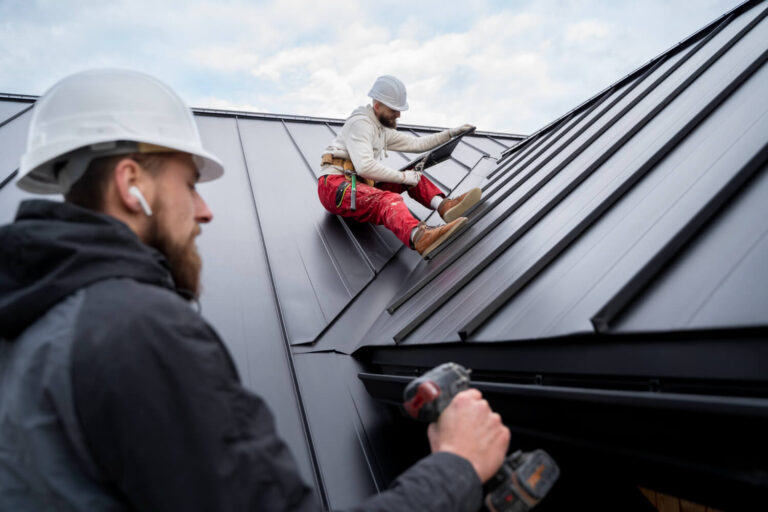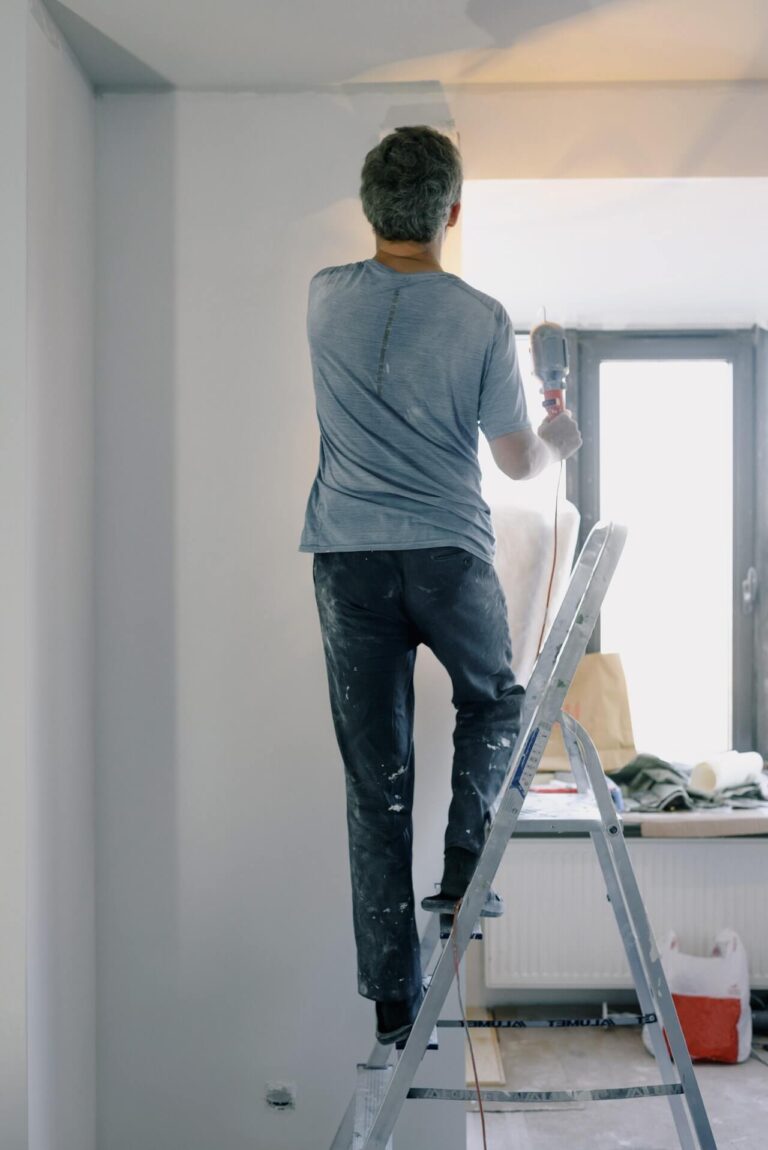Understanding Radon: The Silent Threat Lurking in Your Home
Silent and invisible, radon is a threat that could be lurking in your home without you even realizing it. Understanding and addressing this danger is crucial for the health and safety of your loved ones. In this comprehensive guide, we will dive deep into the world of radon, shedding light on its origins, effects, and most importantly, how you can protect your family from its harmful effects.
What is radon and why is it a silent threat?
Radon is a naturally occurring radioactive gas that is released from the ground. It is a byproduct of the decay of uranium and radium, which are commonly found in soil and rocks. Because radon is a gas, it can easily seep into your home through cracks and openings in the foundation. This means that even if your home is well-insulated, it may still be at risk of radon infiltration.
The reason radon is considered a silent threat is because it is colorless, odorless, and tasteless. You cannot see, smell, or taste radon, which makes it nearly impossible to detect without proper testing. This is why it is often referred to as the “silent killer.” Prolonged exposure to high levels of radon is known to cause lung cancer, making it the second leading cause of this deadly disease.
Radon is a serious health concern because it emits alpha particles, which can damage lung tissue when inhaled. When these particles are inhaled, they can become lodged in the lungs and release radiation, increasing the risk of developing lung cancer over time. The longer the exposure and the higher the levels of radon, the greater the risk becomes.
Health risks associated with radon exposure
The health risks associated with radon exposure are significant. According to the Environmental Protection Agency (EPA), radon is responsible for approximately 21,000 lung cancer deaths in the United States each year. This makes radon the second leading cause of lung cancer, after smoking.
It is important to note that not everyone who is exposed to radon will develop lung cancer. The risk depends on several factors, including the level of radon present, the duration of exposure, and individual susceptibility. However, it is essential to take radon exposure seriously, as even low levels of radon can increase the risk of lung cancer over time.
Symptoms of radon-related lung cancer are similar to those of lung cancer caused by other factors, such as smoking. These symptoms can include persistent coughing, chest pain, difficulty breathing, hoarseness, and frequent respiratory infections. If you or your loved ones experience any of these symptoms, it is important to consult a healthcare professional for a thorough evaluation.
Radon testing: Why it’s important
Given the serious health risks associated with radon exposure, it is crucial to test your home for radon. Testing is the only way to know if radon is present and at what levels. The good news is that radon testing is relatively simple and affordable.
There are two main types of radon tests: short-term tests and long-term tests. Short-term tests are typically conducted over a period of two to seven days and provide a snapshot of radon levels in your home. Long-term tests, on the other hand, are conducted over a period of three months to one year and provide a more accurate representation of average radon levels.
There are various radon testing kits available on the market, ranging from charcoal canisters to electronic monitors. These kits typically come with detailed instructions on how to conduct the test and interpret the results. It is important to follow the instructions carefully to ensure accurate results.
How does radon enter homes?
Radon can enter homes through several pathways. The most common entry point is through cracks and openings in the foundation. Radon can also enter through gaps around pipes, sump pumps, and utility penetrations. Even well-sealed homes can be at risk if there are hidden cracks or openings in the foundation.
The pressure difference between the inside and outside of your home can also contribute to radon infiltration. When the air pressure inside your home is lower than the pressure in the soil, radon can be drawn into your home through openings in the foundation. This is why radon is often more concentrated in basements and lower levels of the home.
It is important to note that radon can be present in any type of home, including old and new constructions. The presence of radon is not determined by the age or condition of the building but rather by the levels of radon in the surrounding soil.
Radon levels and recommended safety thresholds
Radon levels are measured in picocuries per liter (pCi/L). The EPA has set a recommended action level of 4 pCi/L. This means that if your radon test results show levels at or above 4 pCi/L, action should be taken to mitigate radon levels in your home.
It is important to understand that there is no safe level of radon exposure. While the recommended action level is 4 pCi/L, it is still possible to develop lung cancer at lower levels of radon. The EPA estimates that for every 2 pCi/L increase in radon levels, the risk of lung cancer increases by approximately 16%.
If your radon test results show levels below the recommended action level, it is still a good idea to retest your home periodically. Radon levels can fluctuate over time, and it is possible for levels to increase above the action level in the future.
The importance of radon mitigation
Radon mitigation is the process of reducing radon levels in your home to an acceptable level. Mitigation is essential to protect your family from the harmful effects of radon exposure. There are several effective mitigation techniques available, depending on the design and construction of your home.
One common mitigation technique is called sub-slab depressurization. This involves creating a vacuum under the foundation to prevent radon from entering. A vent pipe is installed through the foundation, and a fan is used to draw radon from beneath the home and vent it safely outside.
Another mitigation technique is called soil suction. This involves removing radon from the soil surrounding the home by installing a vent pipe and fan system. The radon is then vented safely above the roofline, away from windows and doors.
In addition to these active mitigation techniques, there are also passive mitigation techniques that can be incorporated into the construction of new homes. These techniques include installing radon-resistant membranes, sealing cracks and openings in the foundation, and using proper ventilation systems.
It is important to hire a qualified radon mitigation professional to ensure that the mitigation system is designed and installed correctly. A professional will have the knowledge and experience to assess your home, recommend the most appropriate mitigation techniques, and ensure that the system is functioning effectively.
DIY radon testing and mitigation options
If you prefer to take a do-it-yourself approach, there are DIY radon testing and mitigation options available. DIY radon test kits can be purchased online or at home improvement stores. These kits typically include a radon detector, instructions for conducting the test, and a prepaid envelope for sending the detector to a laboratory for analysis.
When it comes to DIY radon mitigation, it is important to proceed with caution. While there are some simple mitigation techniques that you can implement yourself, such as sealing cracks and openings in the foundation, more complex mitigation techniques should be left to the professionals. Radon mitigation involves specialized knowledge and equipment, and it is crucial to ensure that the mitigation system is effective and safe.
Professional radon testing and mitigation services
For a more comprehensive and accurate assessment of radon levels in your home, professional radon testing and mitigation services are recommended. A certified radon measurement professional can conduct a thorough assessment of your home, taking into account factors such as construction materials, ventilation systems, and occupancy patterns.
Professional radon mitigation services offer a range of mitigation techniques tailored to your specific home and radon levels. These professionals have the expertise and equipment to design and install effective mitigation systems that will reduce radon levels to an acceptable level.
When hiring a professional radon testing or mitigation service, it is important to choose a reputable and certified provider. Look for certifications from organizations such as the National Radon Safety Board (NRSB) or the National Environmental Health Association (NEHA). These certifications ensure that the provider has met rigorous standards of professionalism and expertise.
Radon-resistant construction techniques
If you are building a new home or renovating an existing one, there are radon-resistant construction techniques that can be incorporated into the design. These techniques are aimed at preventing radon from entering the home in the first place, reducing the need for mitigation measures.
One common technique is the installation of a radon-resistant membrane under the foundation. This membrane is made of a durable material that resists the passage of radon. It is installed before the foundation is poured and sealed to create a barrier against radon infiltration.
Another technique is the installation of a passive radon vent pipe. This pipe is installed during construction and extends from the foundation to the roofline. While it does not actively remove radon, it provides a pathway for future mitigation if radon levels are found to be high.
Other radon-resistant construction techniques include sealing cracks and openings in the foundation, using proper ventilation systems, and installing radon-resistant insulation. These techniques should be implemented in conjunction with radon testing to ensure that radon levels are within acceptable limits.
Conclusion
Radon is a silent threat that can be lurking in your home without you even realizing it. Understanding the origins, effects, and methods of detection and mitigation is crucial for protecting your family from the harmful effects of radon exposure. By testing your home for radon, implementing effective mitigation techniques, and considering radon-resistant construction techniques, you can ensure that your home is a safe and healthy environment for you and your loved ones.
Take action today to safeguard your home from this silent threat. Test your home for radon, consult with professionals if necessary, and implement the appropriate mitigation measures. By doing so, you can have peace of mind knowing that you are taking proactive steps to protect your family’s health and well-being.







